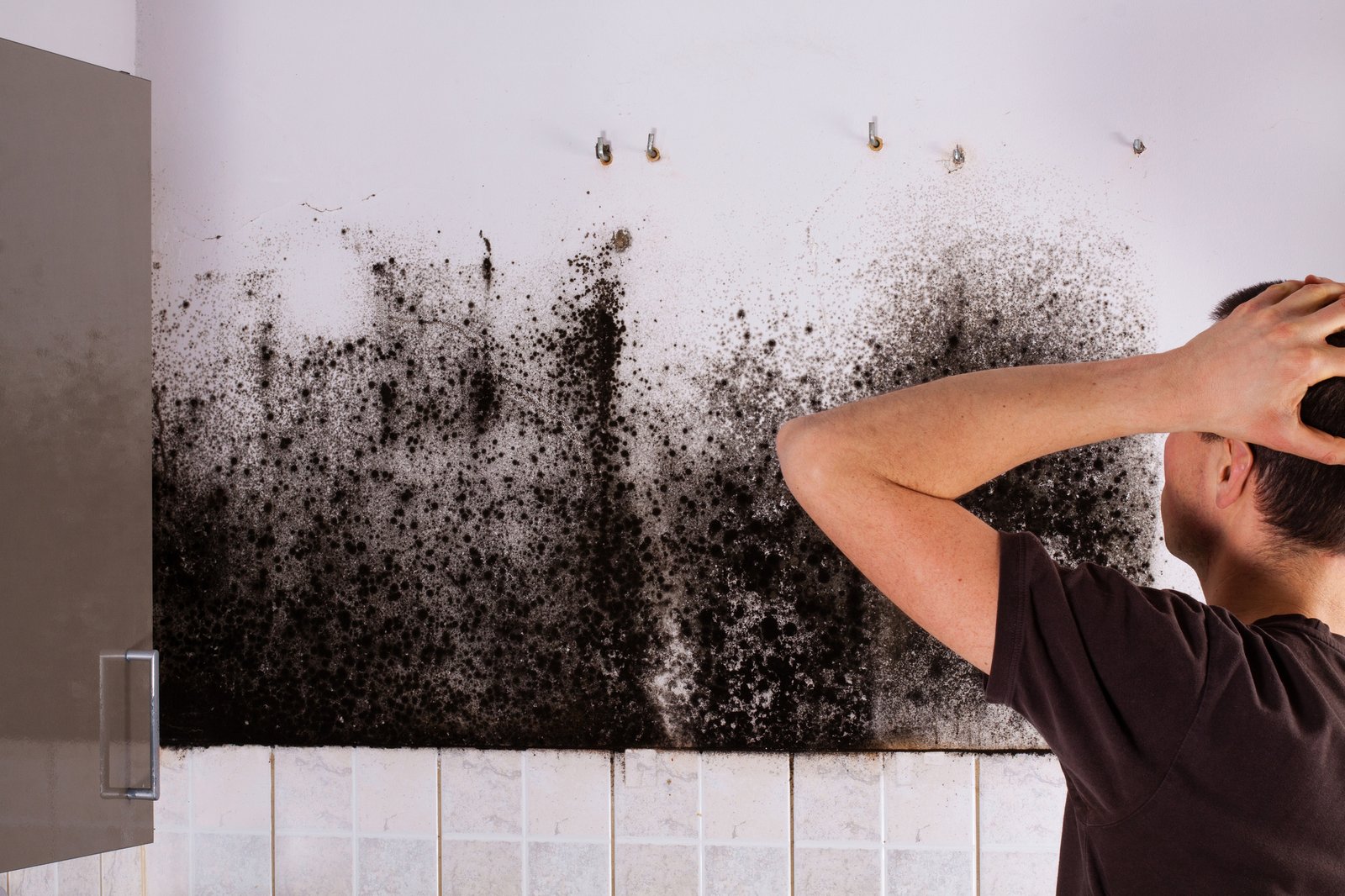Do air purifiers help with mold? If you are struggling with mold infestation in your household indoor surfaces, there is a high likelihood of a conducive warm, dark, and damp environment that is encouraging the growth and spread of this harmful microscopic fungus.
The presence of mold inside your home especially in areas like bathrooms, garages, basements, attic, or kitchen is a clear indication of underlying problems such as high humidity levels, leaking pipes, and poor ventilation. If you don’t remove mold at the earliest opportunity, it can rapidly grow and spread to other indoor surfaces and pose great health risks to you and your family.
Table of Contents
Mold releases mold spores to reproduce and they easily float in the air thus, lowering the quality of your indoor air. When inhaled continuous exposure to high levels of mold spores can lead to health complications such as allergic reactions or asthma attacks.
In this mold removal guide, we are going to demystify what mold is, how to identify mold in your house, the different types of household molds, and how air purifiers help with mold control.
Let’s get started!
What is mold?
Mold is a type of fungus that grows and spreads in areas that are warm, dark, damp, or on decaying organic matter. Molds are of different types and colors including white and black. Molds can be found either indoors or outdoors since they are part of the natural environment. Outdoor molds play an important environmental role as they aid in the decomposition of dead organic matter.
On the other hand, indoor molds are harmful as they have the potential to lower the quality of your indoor air. For any type of mold to grow and thrive, it requires an environment that has moisture and oxygen. Many health risks are associated with the presence of indoor molds.
The most common ones include; sneezing, eye rashes, asthma attacks, runny nose, red eyes, skin rashes, headache, and dizziness.
Indoor mold growth occurs when mold releases tiny spores (about 2-10um) that float in the air and settle on surfaces such as wood, carpet, floor, walls, foodstuff, and insulation materials. When they find indoor surfaces that are moist and warm, they reproduce to form new colonies.
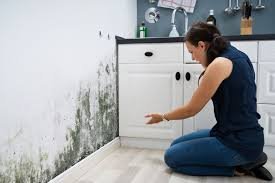
Long-term exposure to high amounts of indoor mold can lead to serious health effects, especially for young children, elders, or persons with pre-existing respiratory illnesses. The growth of molds indoors can also lead to damage to your house furnishings and building materials if swift action is not taken immediately.
There are certain species of molds that are known to produce toxins commonly known as mycotoxins. A perfect example of toxigenic mold is Stachybotrys Chartarum.
How to Test and Identify Indoor Molds
The truth of the matter is, that molds are part of the natural environment and it’s not possible to eliminate molds whether indoors or outdoors. Mold spores have the potential to grow and multiply many years after they have been produced.
If you want to check whether there are traces of mold in your home, there are three methods that you can use as outlined below;
Inspect Prone Areas to See If They Are Still Sturdy or Damaged
Molds feed on surfaces on which they grow. If you come across surfaces with signs of mold growth in your home, it’s recommended to conduct a physical examination to assess the level of damage.
If you find that surfaces are still solid, that’s an indication of mold in its early stage of growth and you can easily control it by addressing the root cause and wiping it with a bleach solution.
If you find that the surfaces are weak or have disintegrated over time, it means there is a high concentration of mold and it has been decomposing the surface.
Inspect Any Leakages or Dampness
The presence of water leakages is the number one cause of many prevalent indoor mold growth. Check for any leaking water pipes, taps, sinks, and dry walls. If there are any leakages found consider fixing them as soon as possible.
Areas such as ceilings, attic, walls, and rooms that are not well-ventilated can also accumulate heat and moisture and become wet with time thus, creating a perfect surface for mold growth.
Conducting a Bleach Swab Test on Specific Mold-Prone Areas
If you suspect there is the presence of mold on certain surfaces in your house, consider dipping a cotton swab in diluted bleach and wiping on those specific spots. Wait for about two minutes and check whether the spots that you touched with the bleach swab are becoming clear or not.
If they start to lighten, there is mold growth and you need to control it before it accumulates to harmful levels. If you notice the spots are still dark, that is an indication of dust presence as it is one of the most common indoor air pollutants.
Common Types of Household Molds
Many types of mold species vary in terms of color, where they are found (indoors and outdoors), and their potential health hazards. In terms of health risks that they pose to both humans and pets, household molds can be broadly categorized into 3 categories as follows;
- Pathogenic molds- Pathogenic molds have the potential to cause infections in both healthy people and those with poor immune systems.
- Toxigenic molds- They release toxic substances often known as mycotoxins which can lead to serious health effects when inhaled.
- Allergic molds- Mold are not toxic but they have the potential of causing allergic reactions, especially for persons with respiratory illnesses like asthma. They can also cause structural damage to your home when they accumulate.
The following are the 10 most common types of indoor molds that you can find in your home/office;
Chaetomium
Chaetomium is both an allergenic and toxigenic cotton-textured mold that grows white and later darkens to gray and black over time. It’s mostly found in water-damaged homes, especially in leaking roofs, basements, under carpets, and drywalls.
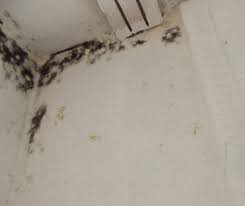
Chaetomium mold can easily be spotted and identified as it releases a musty smell. Increased exposure to Chaetomium mold can lead to nail and skin infections.
Aspergillus
Aspergillus is an allergic mold but it comes in many different species some of which have the potential of being toxigenic. Different species of Aspergillus come in multiple colors and they grow rapidly in water-damaged homes, especially in HVAC systems.
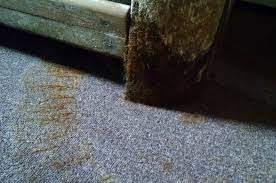
You can easily spot Aspergillus molds as they appear in long-flask-shaped spores that are either green or black on the surface and white or yellow underneath.
Non-toxic Aspergillus can trigger allergic reactions while the toxigenic species can release harmful aflatoxin chemicals.
Alternaria
Alternaria is a type of allergic mold that is mostly found in bathrooms and damp windows. Alternaria is one of the common types of allergenic molds.
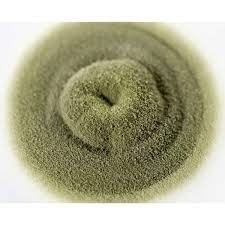
In terms of appearance, you can recognize Alternaria mold by its velvety texture coupled with dark green and brown hairs. Allergic health risks associated with exposure to Alternaria molds are asthma and hay fever.
Acremonium
Acremonium is a type of toxigenic mold that starts as a small moist spot and regenerates to a white, grey, orange, or pink powdery substance. It grows in areas with high humidity levels like in humidifiers, window sealants, cooling coils, and drain pans.
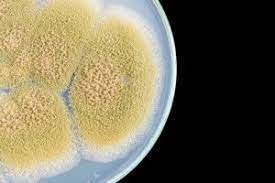
Possible health risks associated with long-term exposure to Acremonium toxigenic mold include bone marrow, impaired brain function, and other opportunistic diseases in persons with weak immune systems.
Cladosporium
Cladosporium is an all-season allergenic mold that grows in cold and warm environments. It appears in a grey or brown color with a suede-like texture.
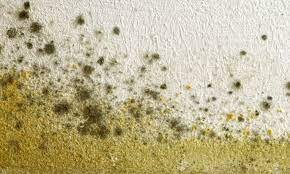
Indoor Cladosporium mold is mostly found in textiles and indoor fabrics such as upholstery, carpets, wooden floors, cabinets, and curtains. Health risks posed by Cladosporium exposure are respiratory illness and breathing difficulties.
Penicillium
Penicillium is an allergenic mold that is mostly found in water-damaged buildings, carpets, leaking water products, and wallpapers. It has a greenish or bluish appearance and a velvet-like texture. Penicillium mold is used in some antibiotic production and food processing.
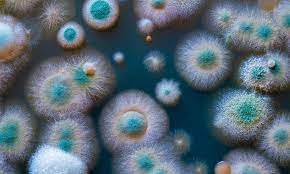
However, penicillium mold spores float in the air and they can cause respiratory health issues such as asthma attacks and inflammation when inhaled.
Trichoderma
Trichoderma is an allergenic mold although there are some species with toxic strains. They appear in wooly-like patches mostly in white or green. It can grow in many damp areas in your home such as under carpet, wallpapers, wet fabrics, AC filters, and HVAC ducts.

Continuous exposure to Trichoderma mold species that produce mycotoxins can trigger allergic reactions and other respiratory complications. Trichoderma can also cause the rotting and destruction of wooden building materials as it contains an enzyme that damages wood products.
Stachybotrys Chartarum (Black Mold)
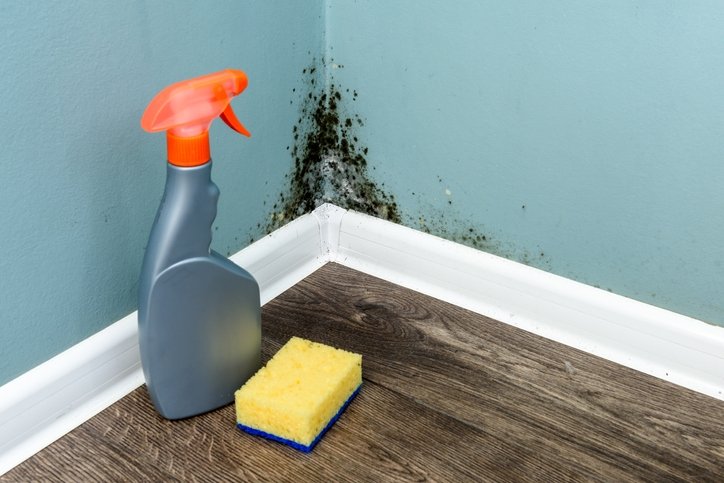
Stachybotrys popularly known as the black mold is a toxigenic type of mold in homes with damp areas and ventilation systems. Black mold thrives in homes with poor indoor air quality as a result of high moisture levels combined with high temperatures.
Stachybotry can have a dark or green appearance with a slimy texture. Some of the common health risks associated with Stachybotry mold exposure include; pulmonary inflammation, fatigue, sinusitis, and difficulties in breathing.
Mucor
Most mucor mold species are allergenic but there are a few like “mucor indicus’ which are also toxigenic. They grow in thick patches either in white or grey. They are mostly found in water-damaged structures, A/C units, HVAC ducts, mattresses, and under carpets.
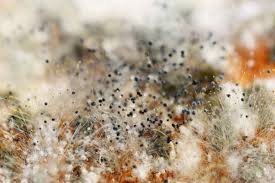
Exposure to mucor mold can lead to fungal infection or mucormycosis.
Fusarium
Fusarium molds are both allergenic and toxigenic. They are mostly found in indoor fabrics, wallpapers, carpets, and food/waste bins. Fusarium mold appears in either red, pink, or white and has a velvety cotton-like texture. Fusarium mold grows rapidly and it can spread to many surfaces within a short period.
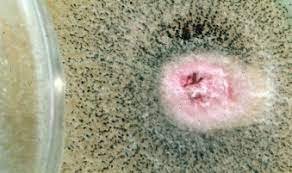
Long-term exposure to Fusarium mold can trigger respiratory illness such as coughing and difficulty in breathing while toxin elements can lead to internal bleeding.
Do Air Purifiers Help With Mold? Common FAQs
What is the difference between mold and mildew?
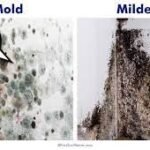
Both mold and mildew a fungi species but they differ in their physical appearance. Mildew appears either in white or grey patches on a wide variety of indoor surfaces including fabrics, leather materials, and papers. Mildew has a strong musty smell and a fluffy or powdery texture. Mildew also has fewer health risks compared to molds.
Is household mold toxic?
As household mold grows, it releases spores that float in the air and other surfaces. Mold spores can produce allergens, mycotoxins, and irritants which can result in negative health effects, especially respiratory illness. Long-term exposure to household toxigenic molds should be avoided by persons with high toxic sensitivity.
What causes household mold to grow?
Household mold will grow in areas with warm temperatures and a lot of moisture. Most household mold thrives in water-damaged buildings, leaking pipes, damp walls, carpets, bathrooms, fabrics, ceiling boards, wallpapers, and wooden building materials.
How do I stop mold from growing in my house?
You can prevent mold from growing in your house by maintaining optimal humidity levels, ensuring there is proper air circulation, and fixing any leakage either in your walls, roof, or pipes to prevent the accumulation of excess moisture.
Wrapping up; Do air purifiers help with mold?
Although it can be tough to eliminate the most common household molds from your house, early identification and removal can help prevent mold growth. It’s advisable to engage certified professionals to help you remove the indoor mold rather than doing it yourself. Mold spores pollute your indoor air and inhaling contaminated indoor air for a long time can result to negative health effects.
Do air purifiers help with mold? Yes, they do. Investing in a good air purifier can help reduce the negative health effects caused by long-term exposure to mold spores and mycotoxins as you look for a lasting solution on how to prevent mold from growing in your house.

